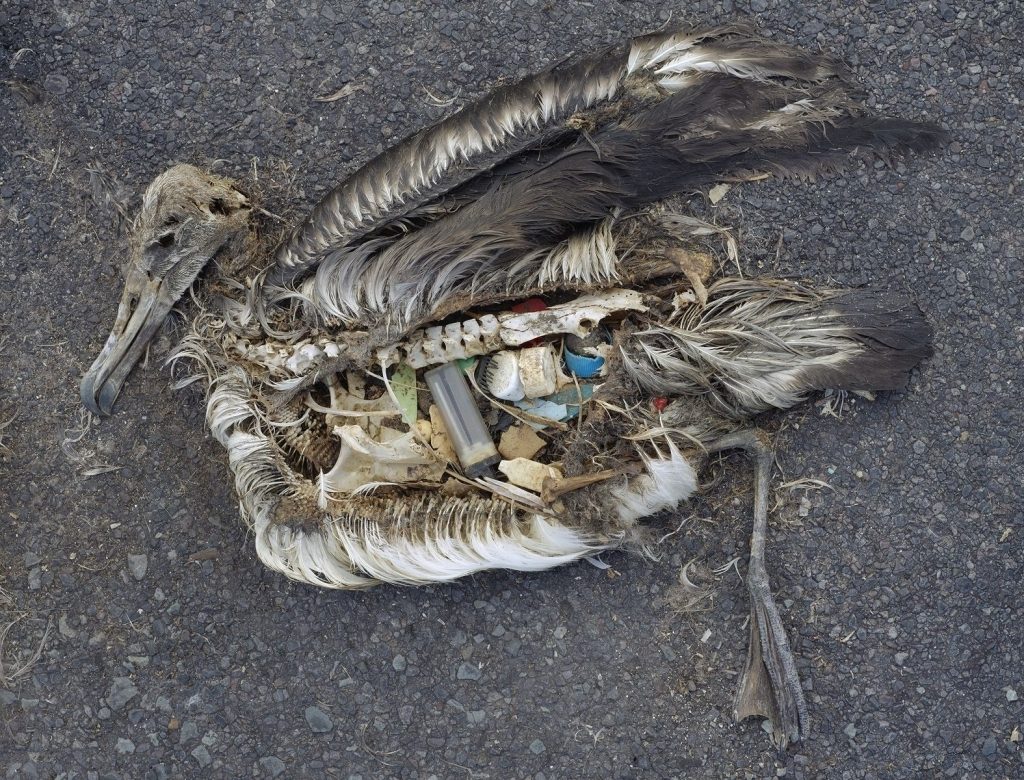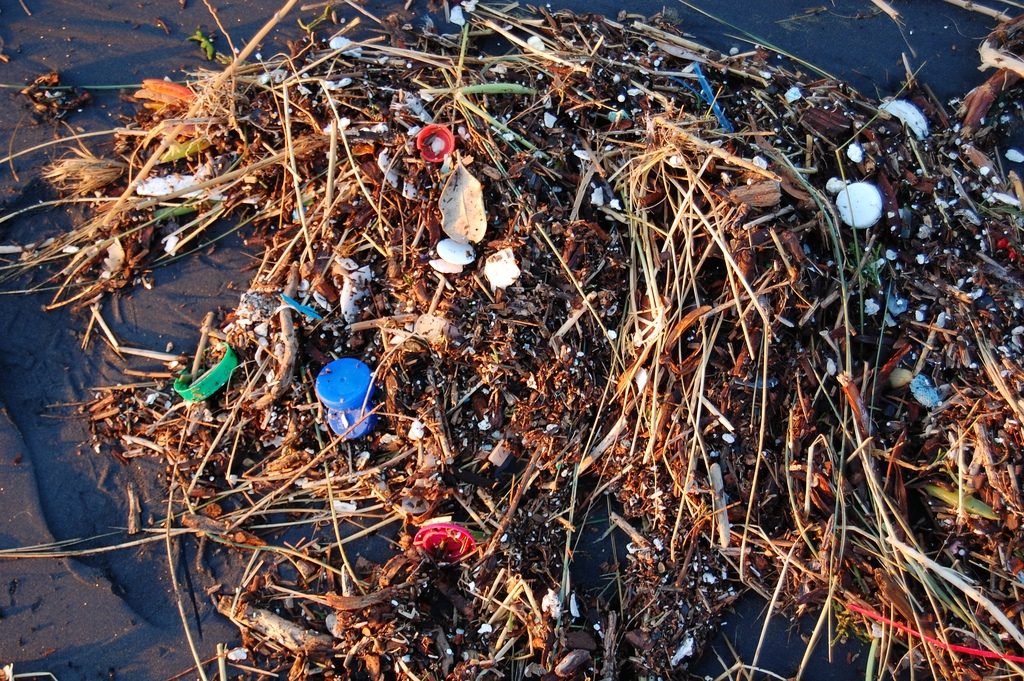
You probably already know plastics are a problem, but do you know what exactly is happening with them once they leave your house?
Here are the three ways our plastics are harming wildlife:
1. Toxic microbeads are polluting our waterways, our wildlife, and us!
Microbeads are tiny balls of polyethylene plastic (less than 5mm) added to personal care products to give them exfoliating properties. They’re most commonly found in body washes and facial scrubs, but manufacturers also sneak them into things like toothpaste and over the counter drugs.
The problem with these miniature spheres is that after they wash down your drain, sewage systems are unable to process them due to their small size. They wash out into rivers, and eventually make their way into the oceans.
A study in Marine Pollution Bulletin highlighted the fact that depending on the product, between 5,000 and 95,000 microbeads are released into our water systems with every single use.
If they’re so small, how can they be a problem?
The biggest issue with microbeads is that they not only leech out chemicals from their manufacturing, they also readily accumulate toxins which are then ingested by fish. Those fish are eaten by bigger fish. Those bigger fish are eaten by us. By the time the fish end up on our plates, they’re chock full of contaminants like PCBs and DDTs (not to mention the chemicals that make up the plastic itself).
How can we avoid these things?
Check ingredients. Any products containing polyethylene, polypropylene, polyethylene terephthalate, polymethyl methacrylate, polylactic acid, or nylon should be avoided. You probably don’t want those chemicals on your skin or in your mouth anyway.

2. Wildlife becomes entangled
We’ve all seen the heartbreaking photos. Marine animals are trying to survive in a sea of plastic, and often get tangled up in it. The most vulnerable animals are perhaps the inquisitive ones; like our dogs, they like to explore and play with items they find. This doesn’t turn out well in most cases.
Abandoned lines and nets left by fishermen are also extremely harmful. Marine animals often run directly into the walls of “ghost nets” and drown. (Ghost nets are discarded nets that travel by current.) If the animals don’t drown right away, they’re forced to swim with net dragging behind them, which makes it extremely difficult (if not impossible) for them to forage or dive for food. Additionally, abandoned fishing lines will often have fish attached; when animals try to snag the fish, they become hooked and wrapped up in line.
If you see abandoned nets or lines on your trip to the beach, you could save a life by picking them up!

3. Animals unknowingly ingest plastics, leading to malabsorption and intestinal blockage
This is quite possibly the worst problem, and it affects every creature from the smallest fish to the largest whale.
Animals don’t realize that they’re eating something harmful. They believe they’re eating their normal diet, and they probably feel full as plastic becomes lodged in their gut. However, they’re unable to obtain any nutrients, their intestines eventually become blocked, and they inevitably starve to death.

Many seabirds skim the surface for things like fish eggs and unknowingly pick up a mouthful of plastic pieces instead. These are regurgitated and end up in the bellies of their newborn chicks. In fact, a recent study found that 90% of seabirds have stomachs full of plastic.
Whales take giant gulps of water to filter feed. They can’t selectively filter out pieces of trash and plastic that are floating among the fish and krill.
Or, sometimes animals mistake plastics like grocery or shopping bags for something else. Sea turtles see a floating plastic bag and with their limited vision, assume that it’s a jellyfish. The plastic bags block their intestines and they are then unable to eat or digest their food. Ouch.

Even carnivorous whales that hunt for their food 3,ooo feet beneath the surface are affected. Thirteen sperm whales that recently washed up on a beach were found to have somehow consumed, among other things: a plastic car engine cover, part of a plastic bucket, and a 43-foot long shrimp net.
So what can we do to help?
Firstly, we need to reduce the amount of trash entering our oceans. ECO360’s website tells us, “Americans generate 10.5 million tons of plastic waste a year but recycle only 1 to 2% of it. An estimated 14 billion pounds of trash, much of it plastic, is dumped in the world’s oceans every year.”
And next, we need to make an effort to pick up and remove what’s already there. September 17 is International Coastal Cleanup Day. Grab a trash bag, gloves and some friends, and hit up a local beach for a cleanup! There are thousands of sites organizing cleanups which you can find at the Ocean Conservancy.
And just remember: By simply picking up one piece of trash off the beach, you could be saving an animal.
We’ll see you on the beaches!





